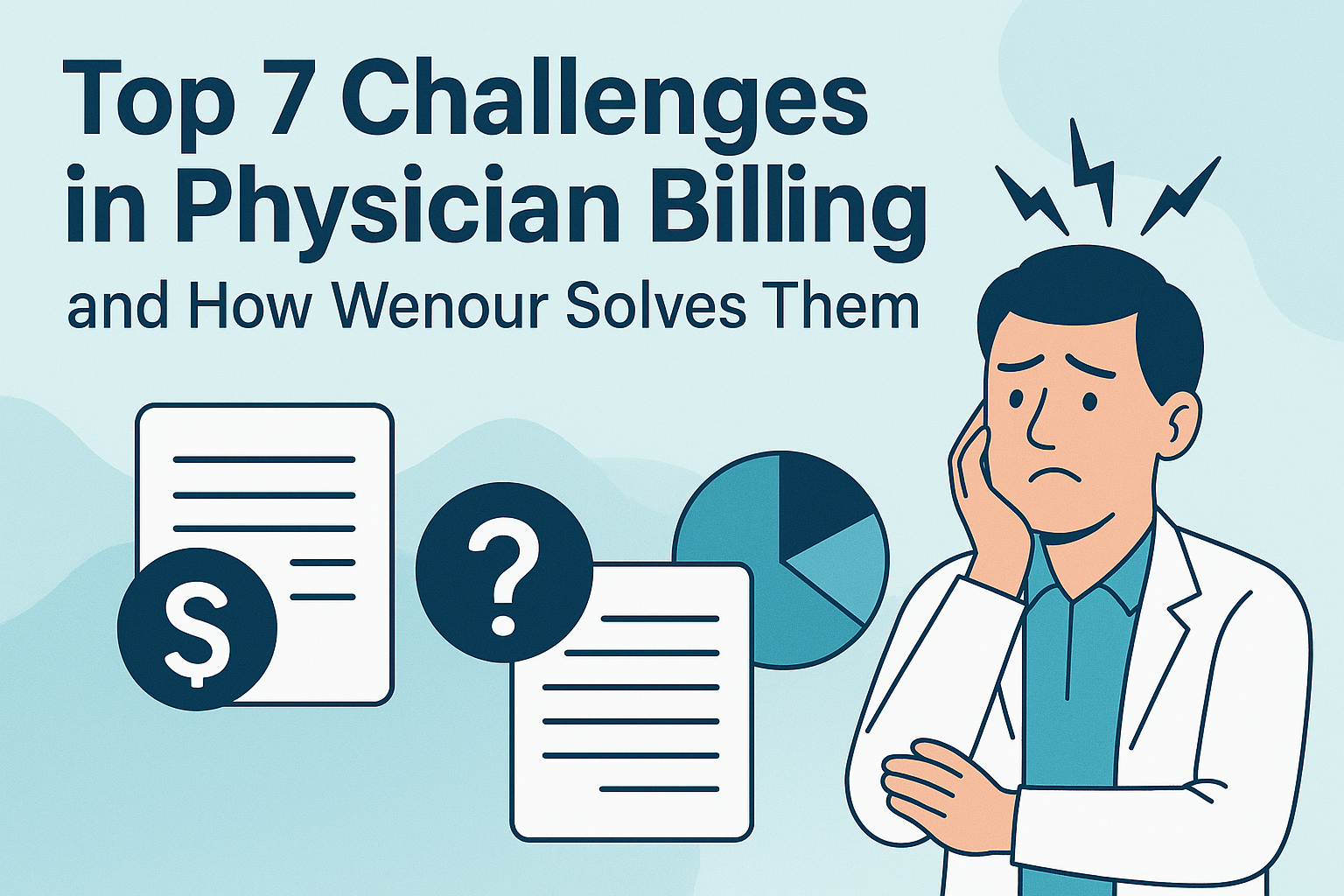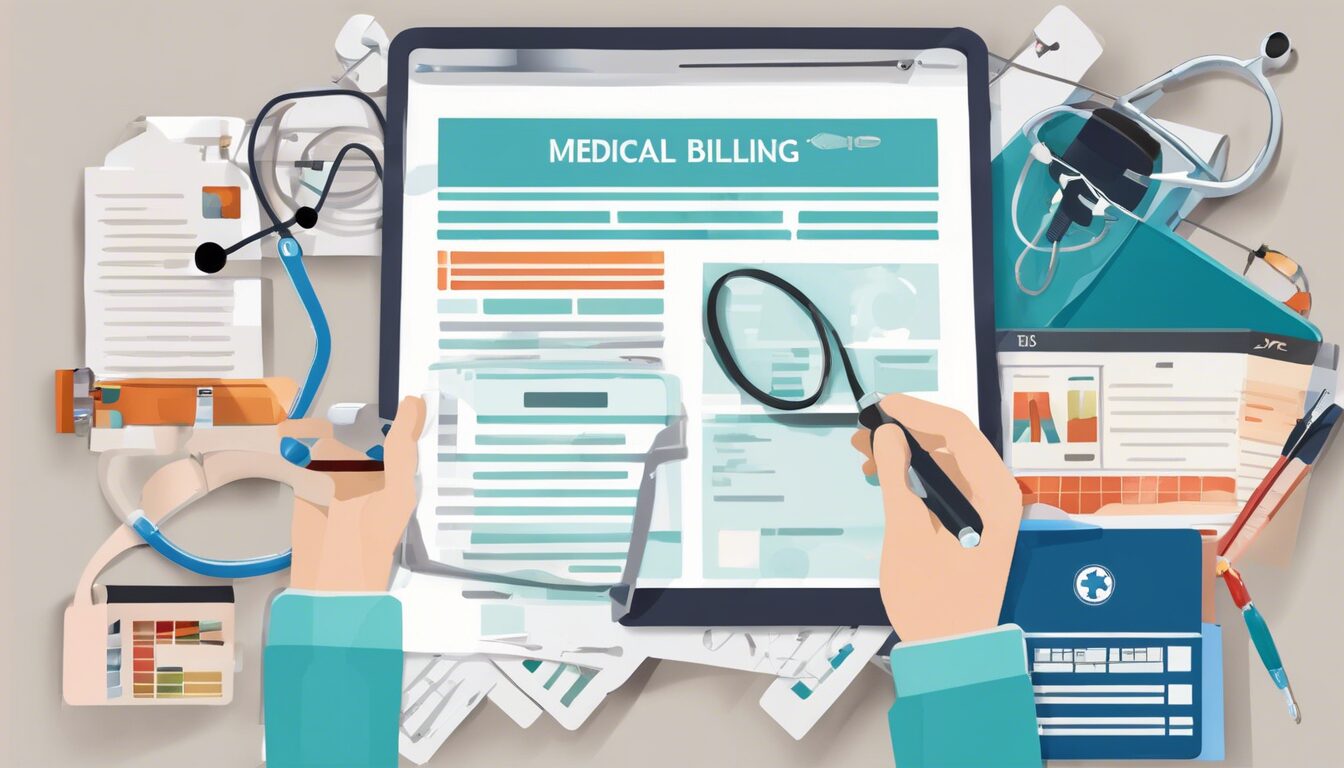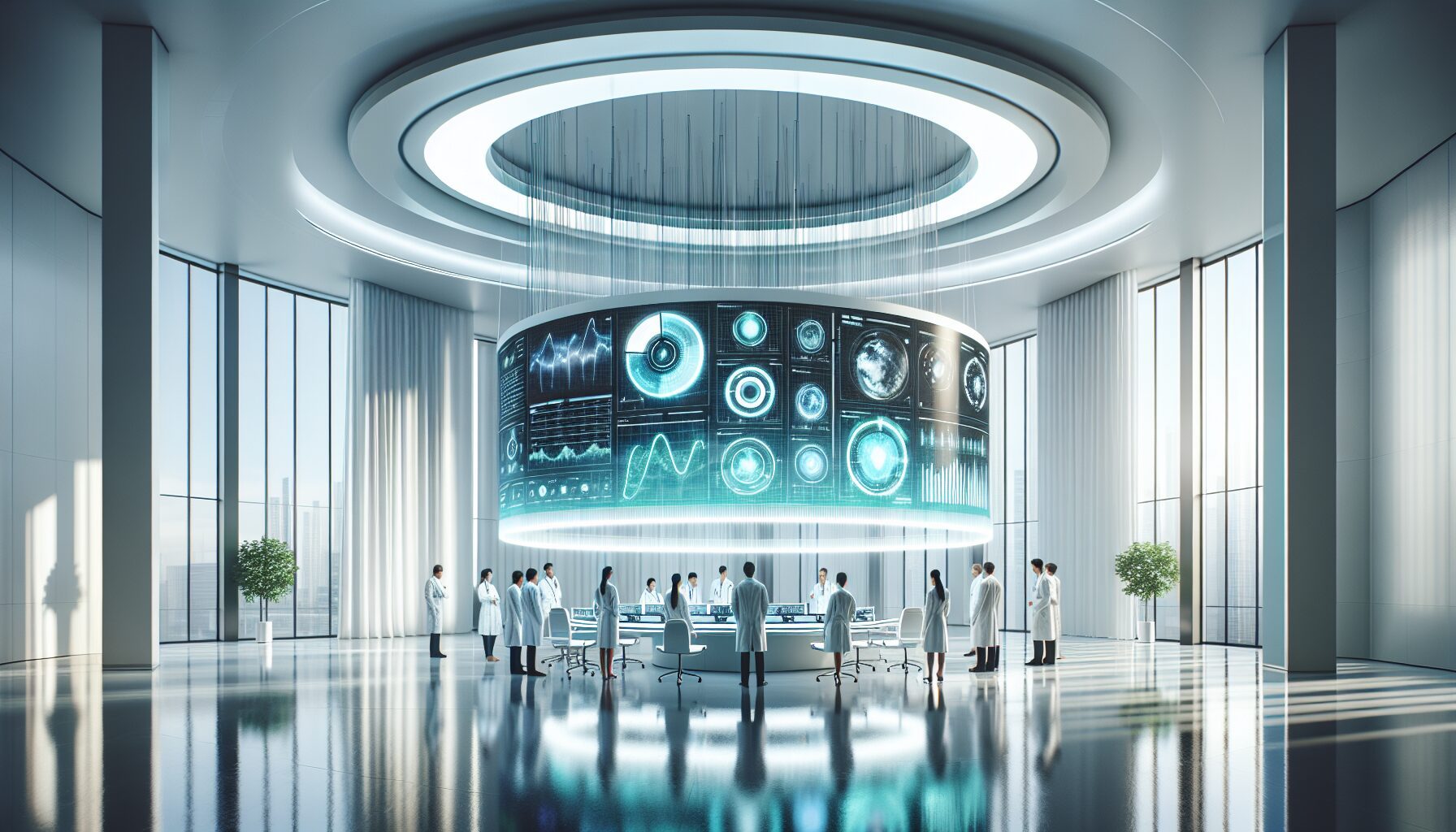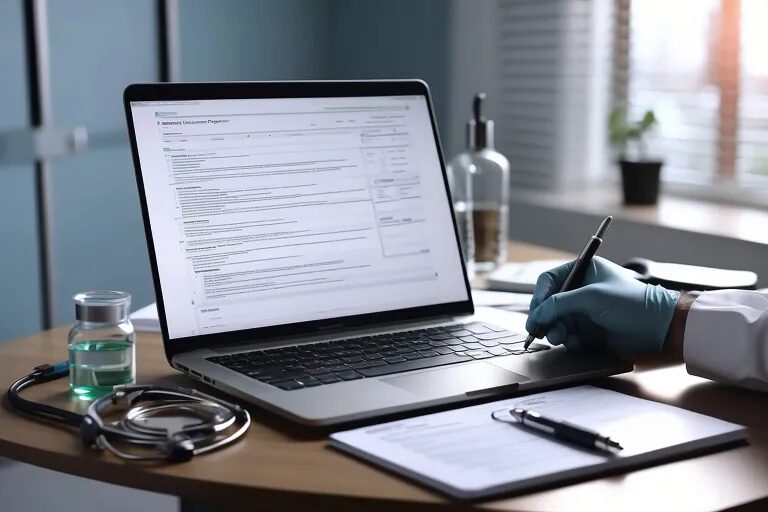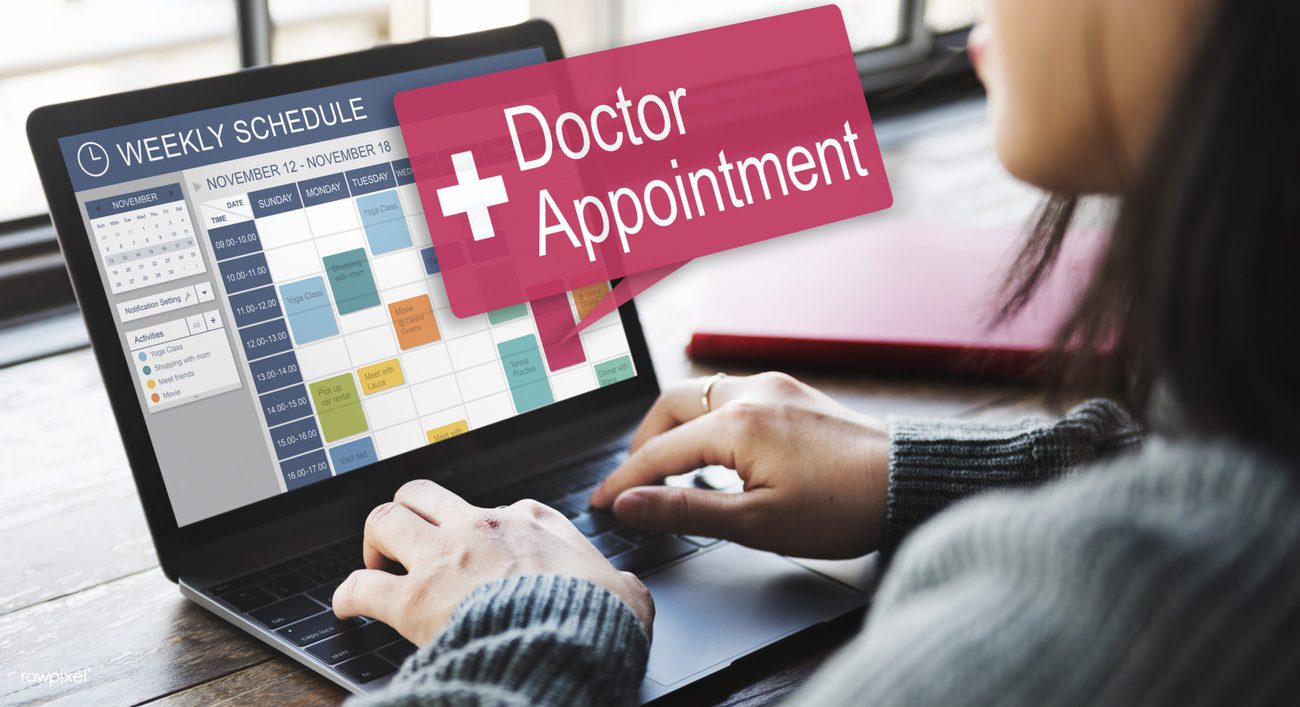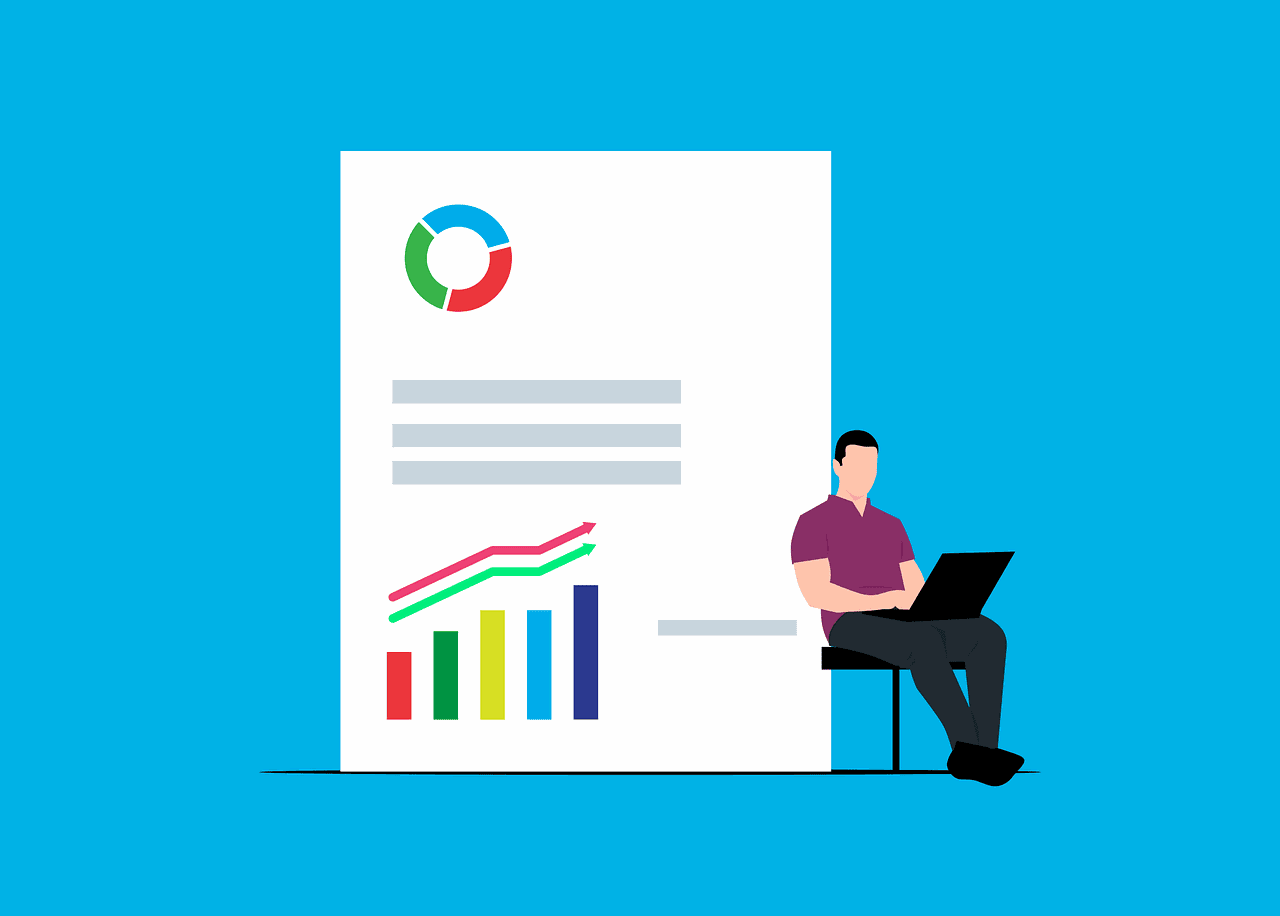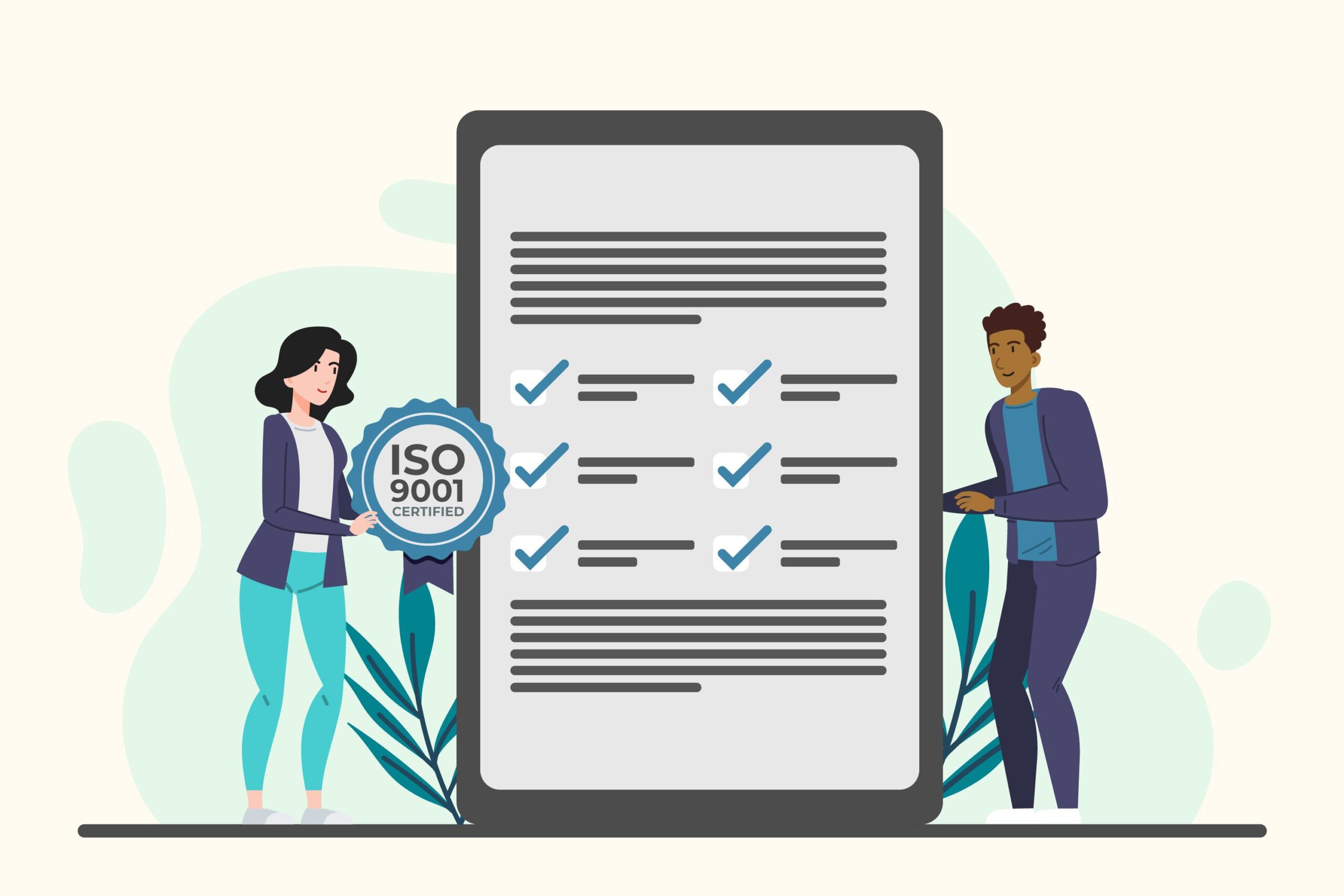
Previsit Planning Strategies to Improve Patient Care and Financial Outcomes

Previsit planning has emerged as a crucial strategy to achieve these goals. By focusing on tasks like insurance verification, medical coding, and data management before a patient’s appointment, we can streamline the entire healthcare process. This approach not only enhances patient care but also has a positive impact on billing practices and reduces coding errors.
We’ll explore how previsit planning is changing the game for healthcare providers. We’ll look at how it fits into the move towards value-based care, the role of technology in making it happen, and its effect on patient experience. We’ll also discuss ways to measure if previsit planning is working. By the end, you’ll have a clear picture of how this strategy can transform healthcare delivery and financial health for medical practices.
The Shift Towards Value-Based Care
In recent years, we’ve seen a significant change in how healthcare is delivered and paid for. The focus has shifted from traditional fee-for-service models to value-based care (VBC). This new approach aims to improve patient outcomes while keeping costs under control. As healthcare providers, we’re now being held more accountable for the quality of care we deliver.
Impact on Pre-Visit Planning
The move towards VBC has had a big impact on how we approach pre-visit planning. We now need to be more proactive in managing our patients’ health. This means gathering and organizing information in a structured way before each visit. By doing this, we can make better use of our time with patients and involve them more in their own care.
Pre-visit planning has become a key part of patient-centered care. It helps us prepare patients for their visits and get them more involved in their treatment. This approach can save time, reduce practice costs, and improve patient care. In fact, some practices have reported saving an hour or more of physician and team member time per day with effective pre-visit planning.
Wenour’s Preventive Services Billing
As healthcare providers navigate these changes, medical billing companies like Wenour play a crucial role in ensuring accurate and efficient billing for preventive services. Wenour specializes in staying up-to-date with the latest CMS reimbursement rates by CPT code, helping healthcare providers optimize their billing processes and maximize reimbursements for preventive care services.
Aligning Incentives
One of the main goals of VBC is to align the incentives of healthcare providers with patient outcomes. Under this model, we earn more for delivering care that helps patients get better while keeping costs down. This is a big change from the old fee-for-service system, where we were paid based on the volume of services provided.
To make this work, payers and regulators use various incentives to motivate us to deliver higher-quality, cost-effective care. These incentives can be financial, like linking our compensation to specific cost, quality, and equity metrics. But there are also non-financial incentives, such as the chance to build a reputation as a provider of high-quality, affordable care.
Improving Patient Outcomes
The ultimate goal of VBC is to improve patient outcomes. This approach encourages us to focus on preventive care and the overall health and wellness of each patient. We’re now looking at patients as whole people, considering both their medical and non-medical needs.
One way we’re doing this is through the use of care management programs. These programs help us identify high-risk patients who need extra attention. By using real-time data and predictive analytics, we can spot potential issues early and take action to prevent them from becoming serious problems.
Another important aspect of improving outcomes is closing care gaps. Annual wellness visits (AWVs) have proven to be a great tool for this. During these visits, we can gather data that helps us identify patients who might benefit from extra services. This proactive approach not only improves patient care but also helps us maximize our incentives under VBC models.
As we continue to adapt to this new healthcare landscape, it’s clear that pre-visit planning will play an increasingly important role. By preparing thoroughly for each patient encounter, we can provide better care, improve outcomes, and succeed in this new value-based environment.
Leveraging Technology for Pre-Visit Planning
In today’s digital age, we’re seeing a significant shift in how we approach previsit planning. Technology has become a game-changer, allowing us to streamline processes and improve patient care. Let’s explore how we’re using these advancements to enhance our previsit planning strategies.
AI and Machine Learning
Artificial Intelligence (AI) and machine learning are revolutionizing previsit planning. These technologies help us automate many tasks that were once time-consuming and prone to human error. For instance, we’re now using AI to extract relevant clinical data directly from patient notes and mine claims history. This automation not only saves time but also improves accuracy in our decision-making process.
One of the most exciting developments is the use of AI to generate personalized treatment plans. These plans take into account each patient’s unique clinical situation, medical history, and lifestyle. By analyzing data from patients with similar attributes, AI can even chart ideal care journeys based on favorable outcomes. This approach helps us provide more targeted and effective care right from the start.
Wenour’s Preventive Services Billing
As healthcare providers navigate these changes, medical billing companies like Wenour play a crucial role in ensuring accurate and efficient billing for preventive services. Wenour specializes in staying up-to-date with the latest CMS reimbursement rates by CPT code, helping healthcare providers optimize their billing processes and maximize reimbursements for preventive care services.
Patient Portals
Patient portals have become an essential tool in our previsit planning toolkit. These secure websites allow patients to access their health information 24/7, giving them more control over their healthcare journey. According to a study, about 40% of patients offered access to a portal in 2020 used one.
We’ve found that patient portals are particularly useful for gathering information before a visit. Patients can use these platforms to upload their blood glucose or blood pressure logs and review their medications. This not only saves time during the actual visit but also ensures that we have the most up-to-date information when planning for the appointment.
Many portals also offer additional features like secure messaging with doctors, prescription refill requests, and access to educational content. These features help engage patients in their care and can improve overall satisfaction. In fact, a study published in the Journal of Medical Internet Research found that using patient portals can boost patient satisfaction by increasing self-awareness of one’s health.
Automated Workflows
Automated workflows are transforming how we handle previsit planning tasks. By setting up these systems, we can ensure that the right tasks are executed at the right time, often in parallel. This approach has proven particularly effective in areas like HR processes, where streamlined workflows can make onboarding and offboarding employees much smoother.
One area where automated workflows have had a significant impact is in patient communication. For example, we can now use technology to develop automated reminders for patients. These reminders can include prompts to review medications, fill out necessary forms, or prepare questions for the upcoming visit. By automating these processes, we’re able to engage patients more effectively and ensure they’re better prepared for their appointments.
Another exciting application of automated workflows is in the waiting room experience. We can now use technology to print out medication lists for patients to review and provide feedback on while they wait. We’ve also implemented systems that allow patients to write down their priorities for the visit while in the waiting room. These simple yet effective strategies help save time and ensure that we’re addressing patients’ most pressing concerns during their visits.
By leveraging these technological advancements, we’re able to make our previsit planning more efficient and effective. This not only improves our workflow but also enhances the overall patient experience, leading to better care outcomes and increased satisfaction.
Enhancing Patient Experience Through Pre-Visit Planning
Pre-visit planning is a game-changer when it comes to improving patient experience. By focusing on clear communication, financial transparency, and personalized care plans, we can create a more positive and efficient healthcare journey for our patients.
Clear Communication
One of the key aspects of enhancing patient experience through previsit planning is clear communication. We’ve found that using patient portals can be incredibly effective in this regard. These secure websites allow patients to access their health information 24/7, giving them more control over their healthcare journey. In fact, a study showed that about 40% of patients offered access to a portal in 2020 used one.
We use these portals to gather important information before a visit. Patients can upload their blood glucose or blood pressure logs and review their medications. This not only saves time during the actual visit but also ensures that we have the most up-to-date information when planning for the appointment.
Wenour’s Preventive Services Billing
As healthcare providers navigate these changes, medical billing companies like Wenour play a crucial role in ensuring accurate and efficient billing for preventive services. Wenour specializes in staying up-to-date with the latest CMS reimbursement rates by CPT code, helping healthcare providers optimize their billing processes and maximize reimbursements for preventive care services.
Financial Transparency
Financial transparency is another crucial element of previsit planning that significantly enhances patient experience. With the implementation of the No Surprises Act in 2021, we’re now required to provide transparent details of the estimated costs of our services. This has had a significant impact, with one survey showing that the Act prevented more than 10 million surprise bills in the first nine months of 2023.
By providing clear pricing information upfront, we’re helping patients understand their potential treatment costs and make informed decisions about their healthcare options. This transparency fosters trust between us and our patients, reducing financial anxiety and allowing them to focus more on their recovery.
Personalized Care Plans
Personalized care plans are at the heart of effective previsit planning. We use technology to develop automated reminders for patients, which include prompts to review medications, fill out necessary forms, or prepare questions for the upcoming visit. This approach not only engages patients more effectively but also ensures they’re better prepared for their appointments.
We’ve also implemented systems that allow patients to write down their priorities for the visit while in the waiting room. This simple yet effective strategy helps save time and ensures that we’re addressing patients’ most pressing concerns during their visits.
By focusing on these three key areas – clear communication, financial transparency, and personalized care plans – we’re able to significantly enhance the patient experience through previsit planning. This approach not only improves patient satisfaction but also leads to better care outcomes and increased efficiency in our practice.
Measuring the Success of Pre-Visit Planning
To gage the effectiveness of previsit planning strategies, we need to focus on key performance indicators (KPIs), financial metrics, and patient satisfaction scores. These measurements help us understand how well our efforts are improving patient care and financial outcomes.
Key Performance Indicators
One of the most important KPIs we track is the number of patient contacts regarding results. By monitoring the volume of calls and messages about laboratory tests and health screenings, we can measure the impact of previsit planning on reducing unnecessary communication. We’ve found that implementing a robust previsit planning process can significantly decrease these contacts, freeing up more time for patient care.
Another crucial KPI is the claims denial rate. A low claims denial rate indicates that our previsit planning is effective in ensuring proper insurance verification and medical coding. We aim to keep this rate below 5%, which allows us to focus more on patient care and less on paperwork.
Financial Metrics
When it comes to financial metrics, we pay close attention to several key indicators. The average treatment charge is an excellent measure to use when looking to reduce hospital costs. By breaking this down by treatment type or category, we can identify areas where we can improve efficiency without compromising care quality.
Another important financial metric is the operating cash flow. This measures the amount of money generated from normal operations at our facility. By tracking this, we can ensure that our previsit planning efforts are contributing positively to our bottom line.
It’s worth noting that effective previsit planning can lead to significant cost savings. For instance, it can save about 30 minutes of both physician and staff time per day. In a practice with 220 clinic days a year, where a physician’s time costs about $3.00 a minute and staff time costs about $1.00 a minute, that’s a potential saving of around $26,400 annually.
Patient Satisfaction Scores
Patient satisfaction is a critical measure of the success of our previsit planning efforts. We use patient experience surveys to understand how our strategies are impacting the overall patient experience. These surveys are distributed at key intervals: before implementation, 12 weeks after, and 24 weeks after.
We calculate a satisfaction score for each patient based on their responses to questions about their experience. This allows us to track changes in patient satisfaction over time and identify areas for improvement. High patient satisfaction scores indicate that our previsit planning is enhancing the patient experience, which is crucial for patient retention and positive outcomes.
By consistently monitoring these KPIs, financial metrics, and patient satisfaction scores, we can continuously refine our previsit planning strategies to improve both patient care and financial outcomes. This data-driven approach ensures that we’re always working towards providing the best possible care while maintaining a healthy bottom line.
Wenour’s Preventive Services Billing
As healthcare providers navigate these changes, medical billing companies like Wenour play a crucial role in ensuring accurate and efficient billing for preventive services. Wenour specializes in staying up-to-date with the latest CMS reimbursement rates by CPT code, helping healthcare providers optimize their billing processes and maximize reimbursements for preventive care services.
Conclusion
Previsit planning has a significant impact on both patient care and financial outcomes in healthcare. By focusing on tasks like insurance verification, medical coding, and data management before appointments, we’re able to streamline processes and improve overall efficiency. This approach not only enhances patient experience but also contributes to better financial health for medical practices. To explore the best medical billing services in the USA, click here.
As we move forward, it’s clear that previsit planning will play an increasingly important role in healthcare delivery. By leveraging technology, improving communication, and personalizing care plans, we can create a more patient-centered approach to healthcare. This not only leads to better health outcomes but also helps healthcare providers thrive in the evolving landscape of value-based care. Continually measuring and refining these strategies will be key to ensure ongoing success and improvement in patient care.
FAQs
What are the advantages of conducting pre-visit planning?
Pre-visit planning primarily aims to enhance the efficiency of the actual face-to-face appointment between a patient and their physician. By organizing and reviewing pertinent information beforehand, both parties can focus more on discussing and interpreting the data during the visit, leading to a more effective healthcare experience.
How should pre-visit planning be implemented?
Effective pre-visit planning involves several steps including reviewing the patient’s medical history and previous appointment notes, identifying any gaps in medical records that need attention (such as new vaccinations or medications), and ensuring that any necessary test results are ready for discussion during the visit.
What entails a pre-visit assessment?
A pre-visit assessment is a preparatory step taken to optimize the outcomes of a healthcare appointment. This strategy includes tailoring the appointment to address specific patient needs and planning in advance to ensure the clinic operates smoothly. It benefits both the healthcare providers and the patients by creating a focused and efficient environment.
What time savings can pre-appointment screening offer?
Pre-appointment screening is a critical component of pre-visit planning that involves identifying care gaps, such as necessary immunizations, annual laboratory tests, preventive health screenings, or specialist referrals. Efficiently managing these aspects in advance can significantly reduce time spent per patient, saving up to two hours for each half-hour spent preparing.


